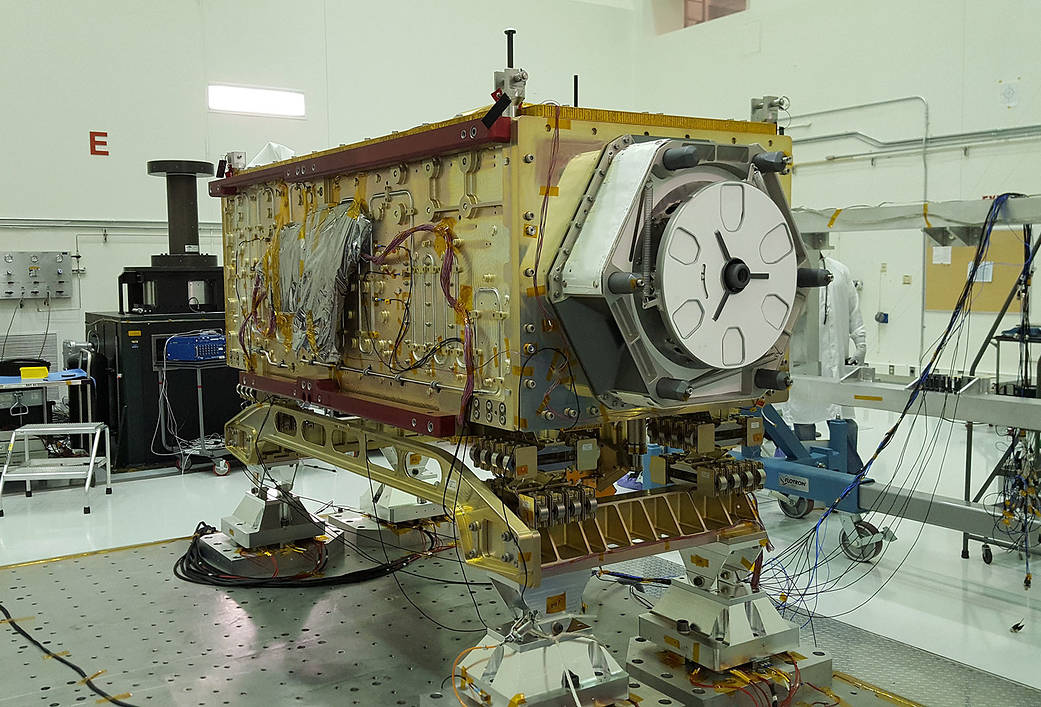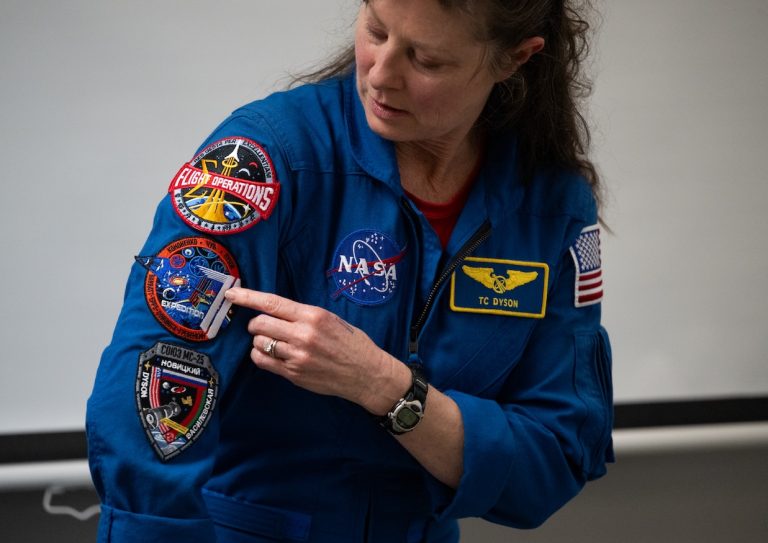轨道碳观测台3或OCO-3,位于喷气推进实验室环境测试实验室的大振动台(称为“振动台”)上。暴露的电线连接到用于动态和热真空测试的传感器。隔热层将被添加到肯尼迪航天中心的仪器上,携带OCO-3的SpaceX龙飞船计划将其发射到国际空间站。
当轨道上的碳观测站OCO-3前往国际空间站时,它将为研究地球的碳循环带来一个全新的视角。在空间站上,OCO-3将从日出后到日落前观测陆地和海洋上二氧化碳的准全球测量值。这使得它比它的前辈更加多才多艺,更加强大。
OCO-3太空仪器是OCO-2的直接继承者,后者自2014年以来一直在研究二氧化碳分布和探测排放热点和火山。
The Orbiting Carbon Observatory 3, or OCO-3, sits on the large vibration table (known as the “shaker”) in the Environmental Test Lab at the Jet Propulsion Laboratory. The exposed wires lead to sensors used during dynamics and thermal-vacuum testing. Thermal blankets will be added to the instrument at Kennedy Space Center, where a Space-X Dragon capsule carrying OCO-3 is slated to launch it to the International Space Station.
When the Orbiting Carbon Observatory 3, OCO-3, heads to the International Space Station, it will bring a new view — literally — to studies of Earth’s carbon cycle. From its perch on the space station, OCO-3 will observe near-global measurements of carbon dioxide on land and sea, from just after sunrise to just before sunset. That makes it far more versatile and powerful than its predecessor.
The OCO-3 space instrument is the immediate successor to OCO-2, which has been studying carbon dioxide distribution and detecting emission hotspots and volcanoes since 2014.
Image Credit: NASA/JPL-C







